AS SEEN IN





Home » Wildlife Photo of the Week | Autumn 2019
My photographs are studies for my paintings. I’ve selected the best images of the season for you each week. From swallows photographed shortly before they migrate for the summer to badgers spotted in my garden – this is the very best of British wildlife.
This week the UK celebrated National Tree Week, an initiative run by the Tree Council to encourage people to plant more trees. Trees are essential for wildlife, even providing homes for animals long after they have fallen. I use old tree stumps to make nest boxes for owls and kestrels to live in, but sometimes stoats also explore them.
Click here to read about an elm tree that is now a home for tawny owls
Look out for coal tits now as they roam gardens in search of food. The smallest of European tits, these charismatic birds often join flocks of blue tits and great tits in winter. They are easy to recognise by their black crowns and white cheeks. Interestingly they have a hidden crest at the back of their necks, which only rises when these little birds get agitated!
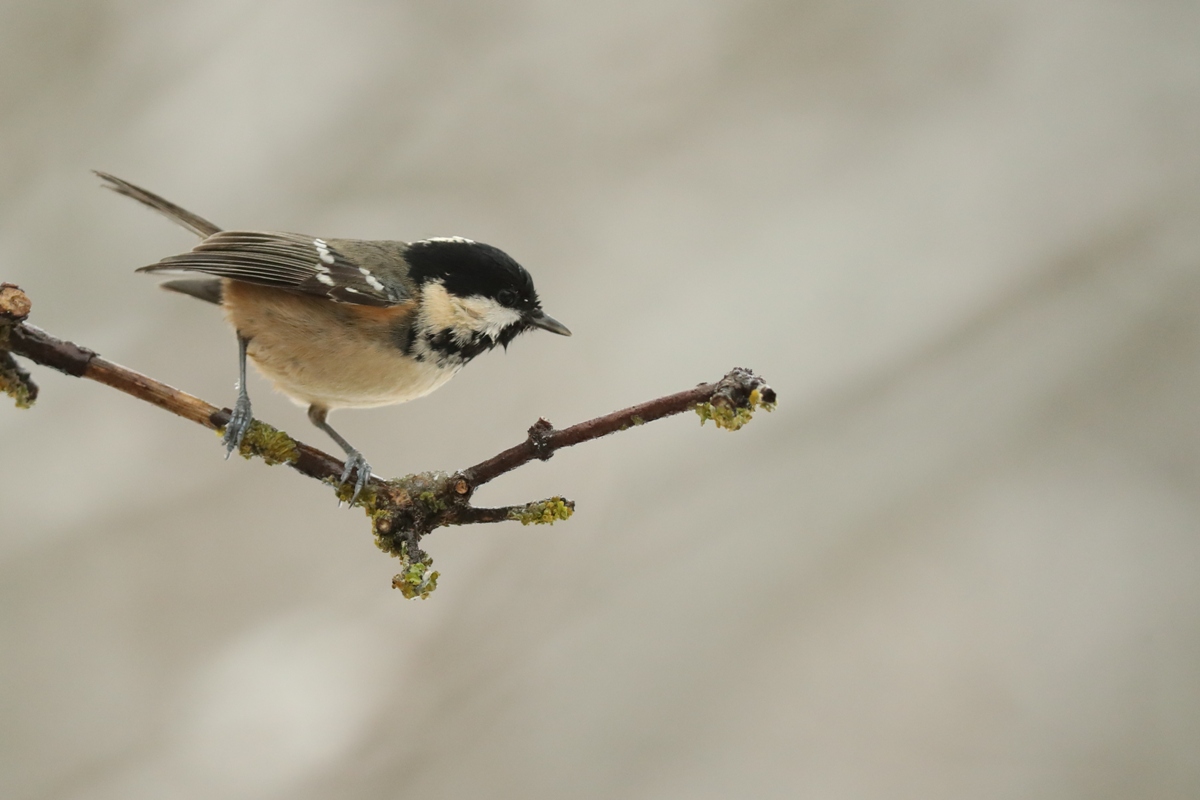
Look out for red kites swooping and diving in the skies just before dusk. These acrobatic birds seem to love flying and shortly before they settle down for the night they get together to perform dramatic aerial displays. This is a sight you can only enjoy now, since red kites only roost together in the winter.
Click here to read more on watching red kites for a painting & see the results in paint
Pine martens were once common across the British isles. Now, however, populations are dangerously low. Secretive, woodland creatures, they come out mostly at night or at dusk. I watched a family of pine martens whilst on holiday in Scotland and was impressed at their agility. They are incredible climbers and usually live in tree holes or old squirrel dreys.
Click here to see the paintings this sighting inspired
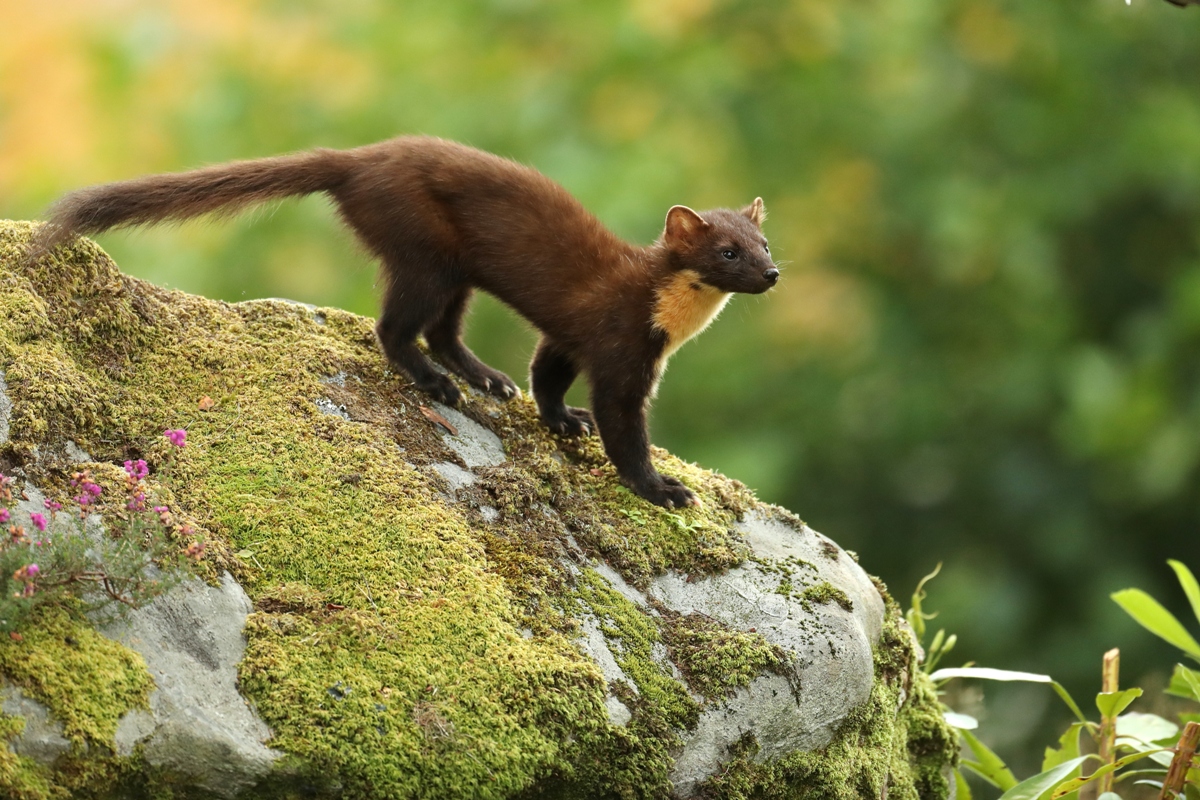
Greenfinches are social birds and can be seen in small groups thronging on birdfeeders now. The males are a beautiful olive green with brilliant flashes of yellow under their wings and tend to squabble for seed.

Robins are the only garden birds still singing in autumn. Sung by the males to mark out their territories, these solos are easy to identify now whilst all the other garden birds are silent. Listen out for a fluting song, which is more melancholic than the robin’s louder springtime melodies.

Barn owls chicks usually hatch in spring but this year owl parents have been busy all summer raising second and even sometimes third broods. This boom in baby owls is thought to be due to a surge in the population of voles, this species’ favourite food. The barn owls in my garden raised two broods this year.
Click here to read the story from my Barn Owl Nest Camera
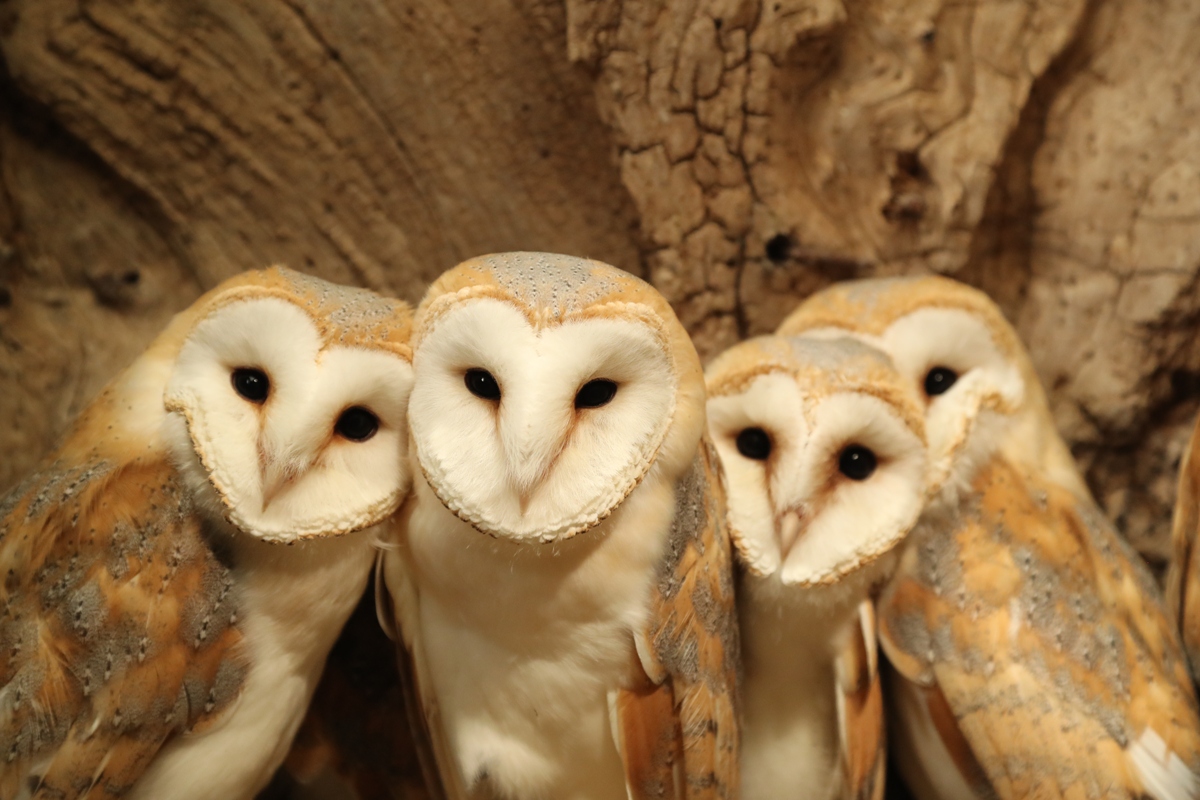
Red stags adorn their antlers with grass and leaves to impress females. They also roll in muddy shallows to add a ‘perfume’ to their musky smell in an attempt to be more attractive. The red deer mating season, known as the red deer rut is now in full swing..Read more.
I had a short eared owl in my garden for the first time ever! Scroll down to see a short clip of it perched on a branch taken from my wildlife cameras. Short eared owls arrive along the Yorkshire coastline from their Scandinavian summer breeding grounds at this time of year, but this was a first for me.
Click here to read my blog post on where to look for short eared owls.

Most people have never seen a nightjar, but they will probably have heard one. These grey-brown birds have a barred plumage that is perfectly camouflaged against tree bark, making them difficult to spot in daylight. But at night the males make a loud ‘churring’ noise. This unique sound is made up of 1,900 notes a minute. Now is your last chance this year to hear this unusual sound, since these birds are heading back to South Africa on their winter migration.

Next week is Red Squirrel Week when wildlife conservationists hope to raise awareness for schemes to protect native squirrels. Once common, red squirrels have declined rapidly since the 1950’s and continue to be in serious decline due to disease, the loss and fragmentation of woodland habitat and competition from the more robust grey squirrel.
Click here to read my story of photographing the squirrel below in Yorkshire.
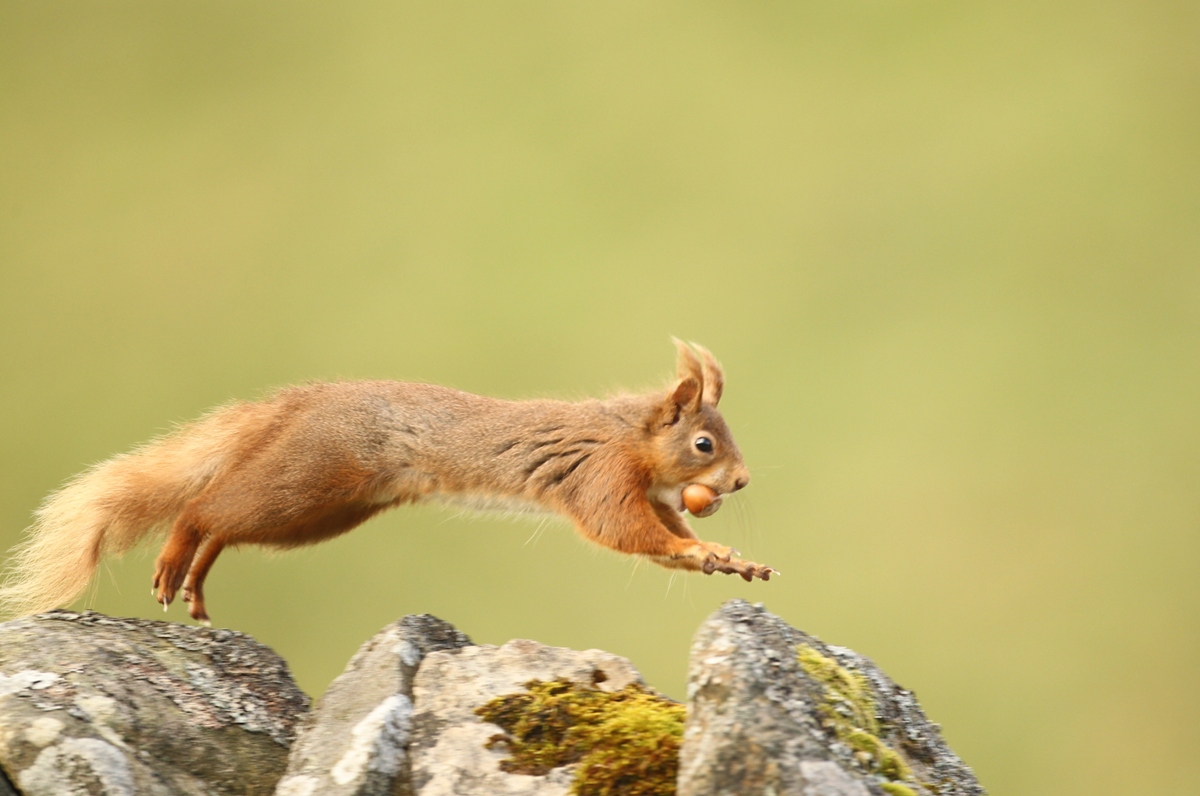
Swallows start their 6,000-mile migration back to southern Africa now. This exodus marks the end of summer here in the UK. These sleek black-backed birds fly up to 200 miles a day, feeding on insects as they cross the Sahara. The next time we see them it will be spring when they make this epic journey back again to breed.
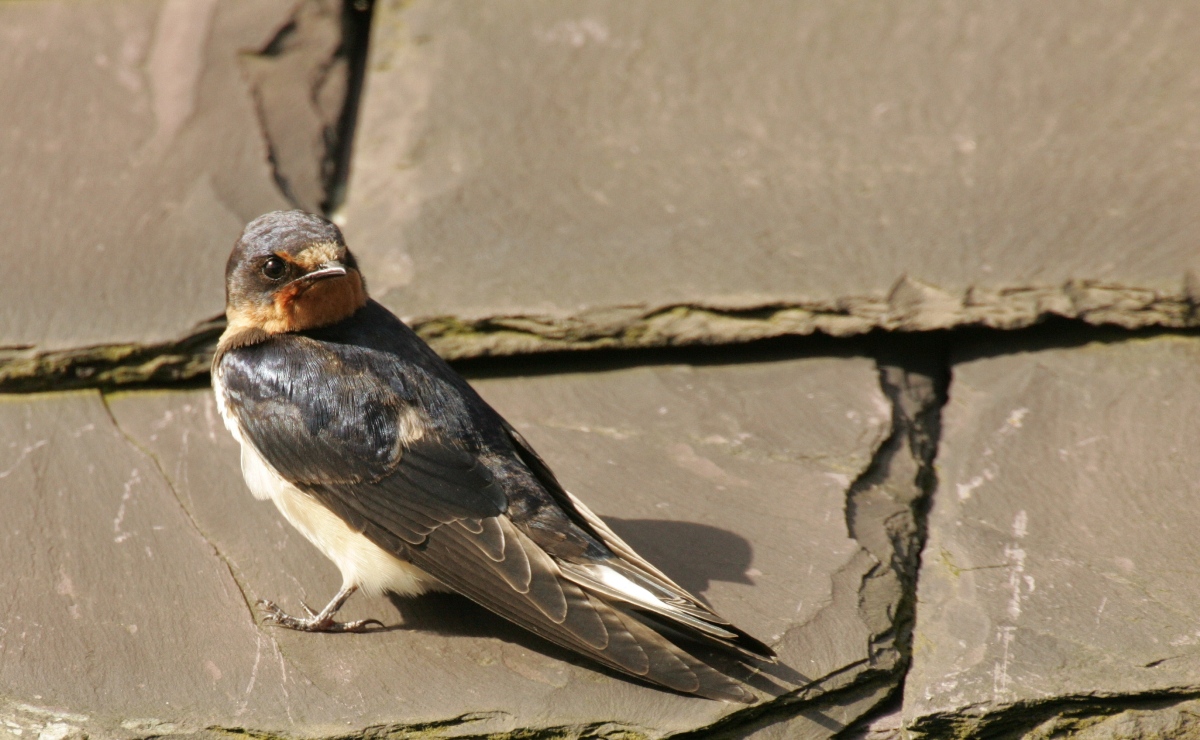
Otter cubs can’t swim until they are at least two months old. Thankfully they have two layers of fur, which not only keeps them extra warm but also helps keep them afloat since air is trapped close to their skin. Their thick coats are made up of around a million hairs per square inch and are the thickest of all mammals.
Click here to read my story of watching an otter cub and its mother in Scotland.
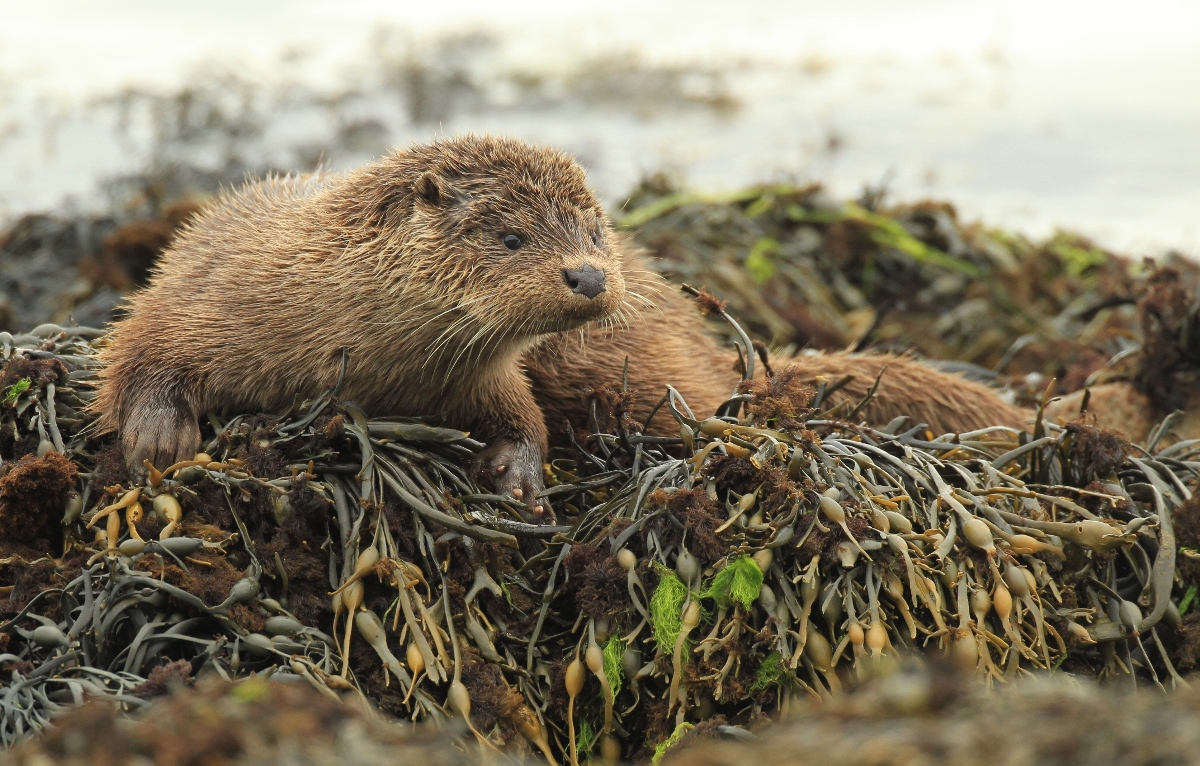
Enjoy my wildlife photographs? Click here for more snapshots taken throughout the seasons.
Related Products:
None found
Sign up to my newsletter for updates on news, wildlife sightings, products and more directly to your inbox
AS SEEN IN





THE ROBERT FULLER GALLERY
FOTHERDALE FARM
THIXENDALE, MALTON
YO17 9LS
UNITED KINGDOM
TEL: +44 (0) 1759 368355
EMAIL: mail@robertefuller.com